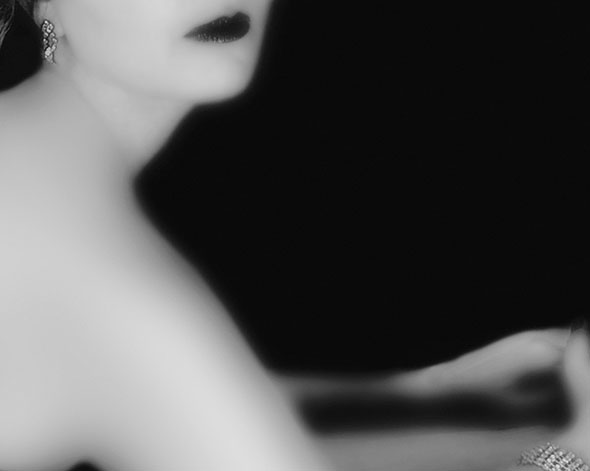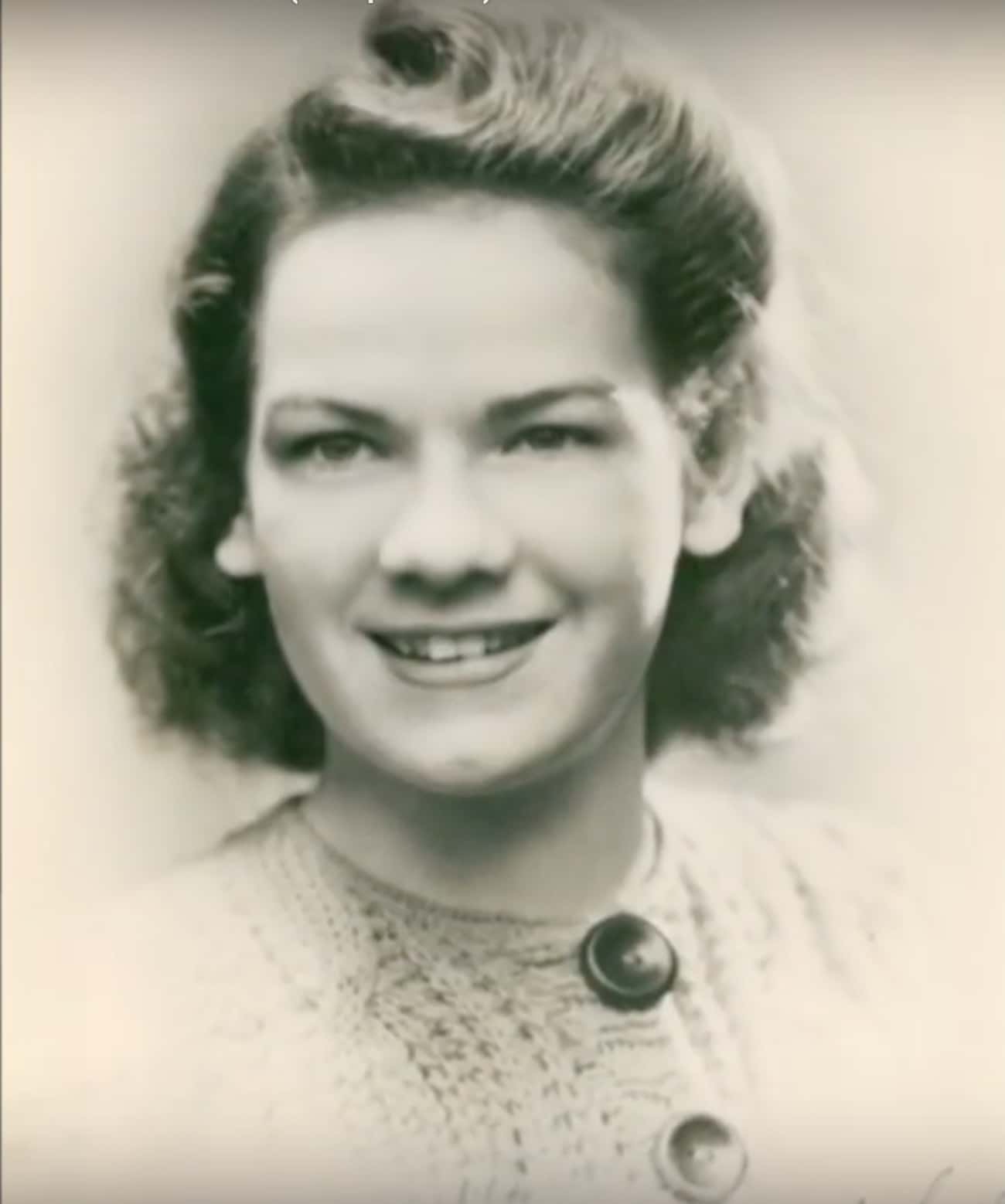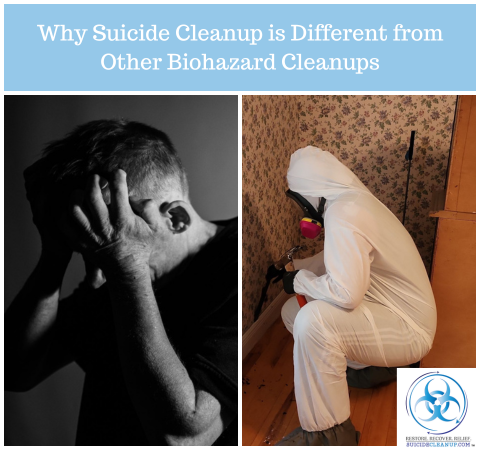
Who Was The Youngest Person To Ever die by Suicide?
January 31, 2022
How the Golden Gate Bridge Became Known for Suicide Destination
March 21, 2022When she jumped off the 86th floor of the Empire State Building in 1947, 23 year old Evelyn McHale never expected anyone to view her body in death. But that was not to be: Robert Wiles, a photography student, dashed across the street and took a photo that would later become world-famous.
Her last wish, according to the suicide note recovered by detectives beside the coat she had placed neatly over the railing of the 86th-floor Observation Deck, sent a chilling message. The note stated that no one in or out of her family would see any part of her. She wanted her body to be cremated immediately after it was discovered.
She never got her wish.
Behind The Story
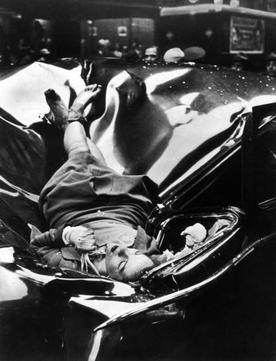
The black and white picture of 23 year old Evelyn McHale’s resting place atop the hood of a car on 33rd Street.
It was no one’s fault that Evelyn’s last wishes were not respected, but certain factors conspired to ensure they never came true. There was no way she could have known a student photographer was lurking around 33rd Street, right where she fell her death, at that very moment. Did she know she would land on a United Nations Assembly Cadillac limousine parked at the curb? Thankfully, no one had been in the limousine at the time.
Just four minutes after her body landed on the limo, the student just happened to be close enough to capture the moment. Little did he know his photo would captivate the world.
Her body was lying peacefully in a mass of crumbled steel, her feet crossed at the ankles. A common misconception is that her feet were bound–but in fact she was wearing stockings and her feet happened to cross just before touchdown. Her gloved left hand was resting on her chest, holding firmly to her pearl necklace. The expression on her had nothing about the gruesome end her body had endured. Time magazine called it “the most beautiful suicide.”
The picture, taken out of context, could be mistaken for a staged demise. It was as if someone had planted her body at the scene. But the truth was more grotesque than Evelyn’s strangely calm face in death. The photo has now become infamous, since it was taken on May 1, 1947. And true to the suicide contagion phenomena, five other suicides took place throughout the following week from the same observation deck she jumped from.
How Did Her Body Stay Intact?
Her body looked intact in the photo because of the car acting as a mold to keep her together. She most likely went unconscious at impact, then died shortly after her brain stem ruptured. When blunt force trauma happens like this, the person’s body organs are usually expunged at impact. So, yes, Evelyn McHale’s body did unfortunately fall apart when she was moved. The hood of the limousine had her blood, body organs, and hair everywhere. Likely due to this reason and the fact that the cause of death was quite obvious, no autopsy was conducted. After her body had been identified by her sister, Helen Brenner, the remains of her body were cremated per her wishes. No grave exists.
Did her body hurt on impact? That would depend on how long she was conscious when she made impact.
What About the Cleanup?
In incidents like these, where the bio is on the car, the cleanup crew (us) takes care of the car. However, 1947 there were no true biohazard cleanup companies, and since the story was so sensational and left major structural damage to the body of the car, it was most likely destroyed. In a different scenario, when a suicide occurs inside of a car today, the car is usually declared a biohazard car, and we’re called to clean it.
As for the street? It gets hosed down with a high powered pressure washer.
Who was Evelyn McHale?
She became more famous in death than when she had walked the face of the earth. Not much is known about life, much less whatever compelled her to take her own life.
Evelyn was born in Berkeley, California on September 20, 1923, to Helen and Vincent McHale. She didn’t have long to enjoy her childhood with both parents, as they divorced seven years later, moving to New York with her dad.
Upon joining high school, she became a member of the Women’s Army Corps, and was posted to Jefferson City, Missouri. In retrospect, it appears she would have her last living moments in New York. She relocated to Baldwin, New York to live with her married brother. She stayed with them until that fateful day when she made her way up the Empire State Building in NYC, all the way to the observatory on the 86th floor, and took the plunge to her shocking end.
Even more shocking – she was happily engaged and soon to be wed just prior to her suicide.
While working as a bookkeeper at the Kitab Engraving Company in Manhattan, she met Barry Rhodes, a college student discharged from the US Army Air Force. It’s speculated that the two lovebirds intended to get married in Troy at Barry’s brother’s house in Troy, New York in 1947. The wedding never materialized.
The motives of her death are shockingly unclear.
“I don’t want anyone” the suicide note read in part, “in or out of my family to see any part of me.” The note went on, “Could you destroy my body by cremation?” The writing further begged her family not to have any service or remembrance of her after her death (the student photographer cancelled this wish).
Detectives had hoped to find useful clues pointing to the motive of her death in the note, but were in rude shock. Barry had asked her to marry him in June of the same year, but she didn’t think she would make a good wife for anybody. It ended with a cryptic message to her father: she had too many of her mother’s “tendencies”.
Was she escaping marriage to her fiancé, Barry? Had her parents’ divorce changed her view of marriage? Even if that had been the case, it would have been easier to give Barry an apologetic “No”.
What did she mean she had too many of her mother’s tendencies? What were these tendencies? Her mother had divorced her dad instead of taking her life, and had apparently moved on with her life even as the children chose to move in with their dad. It appears detectives had no chance of gleaning the cause of her suicide from the suicide note.
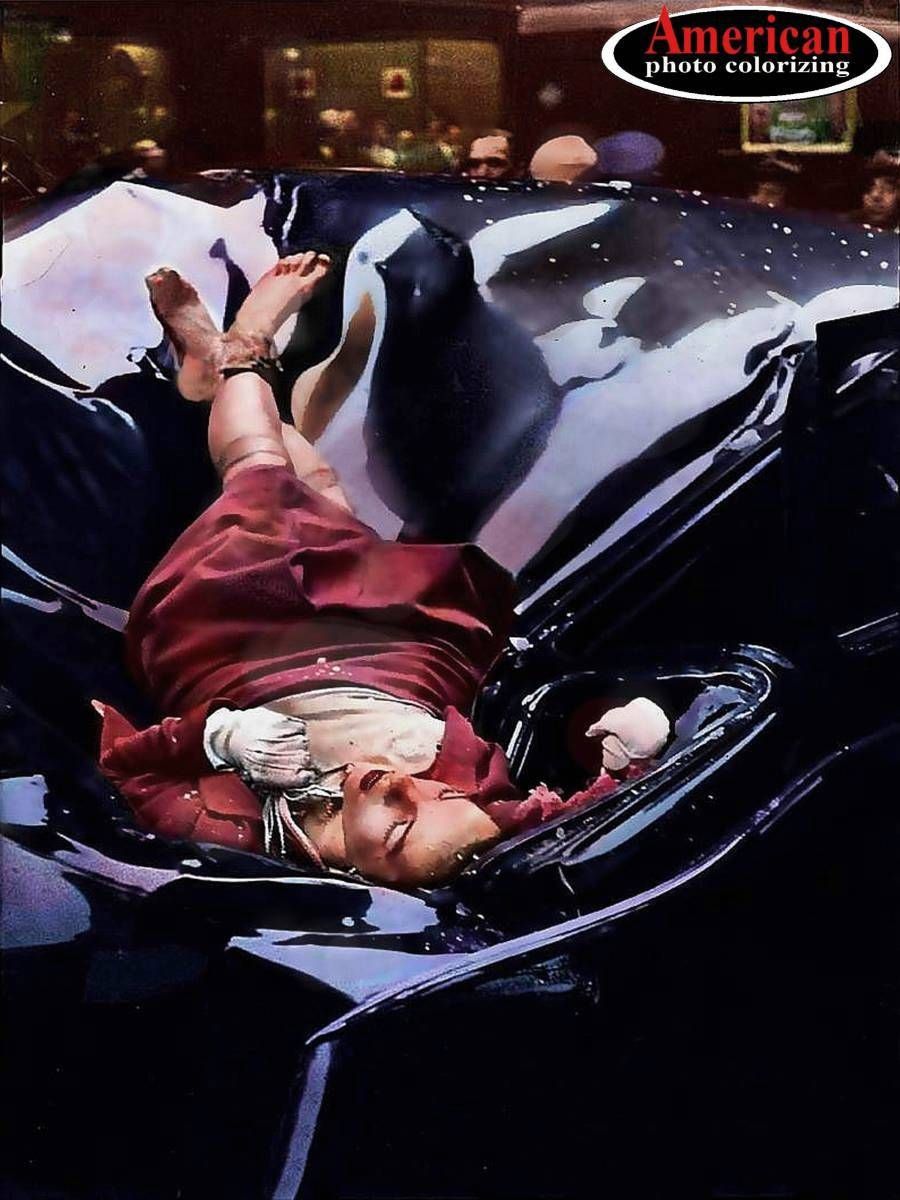
A Color Photo of the infamous “The Most Beautiful Suicide”, taken by Robert Wiles and named by Times Magazine
What happened before she jumped?
With practically no clue to pursue from her suicide note, detectives tried to reconstruct the events leading to her death.
She had visited Barry, her fiancé, in Pennsylvania the day before her body tumbled down the Empire State Building, and lay lifeless on top of a parked car. Barry admitted she had visited him, but claimed everything had gone well until her departure. He had no idea he was seeing her for the last time.
The following day, which became her day of death, she went up the Empire State Building to the observatory on the 86th floor, removed her coat and hung it neatly over the railing, and placed a short note beside it.
A security guard standing just ten feet from her had no idea she had decided to end her life. He probably didn’t see her climb onto the barrier and jump to her death. A few minutes later, a student photographer took a photo that would send shockwaves around the globe, and negate her last wishes.
If you’ve enjoyed this article, please consider sharing it on social media. Thank you!

